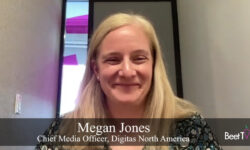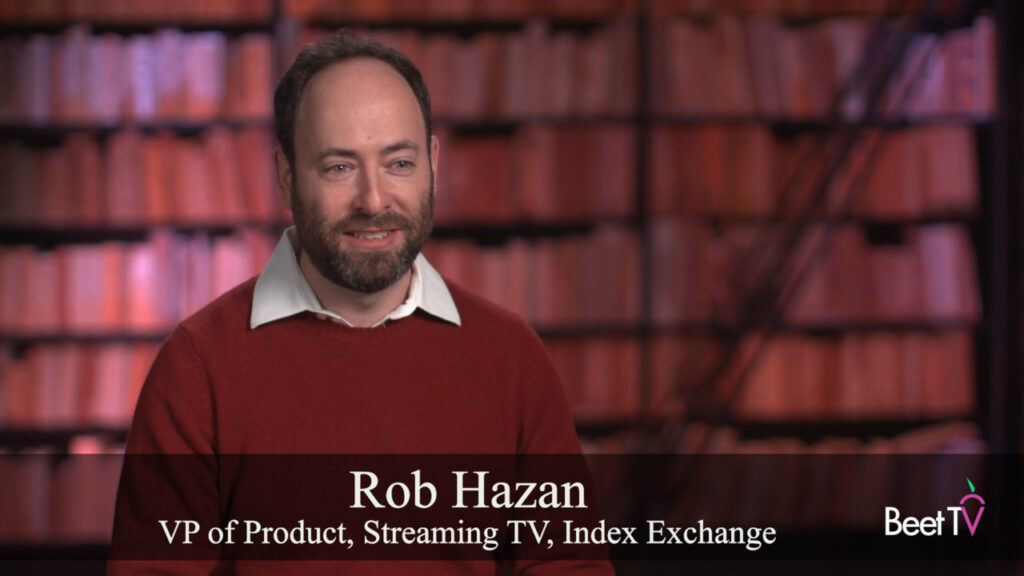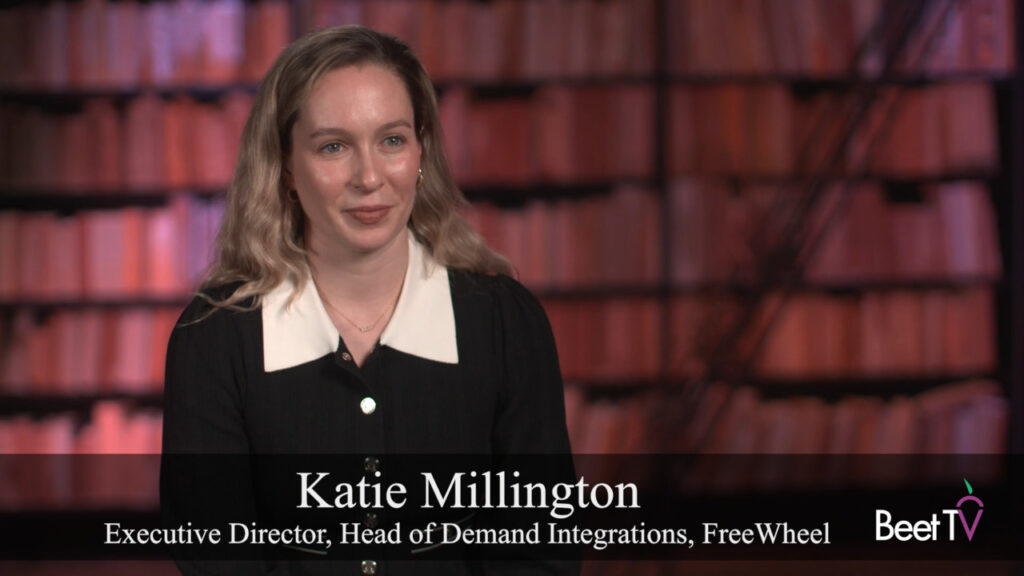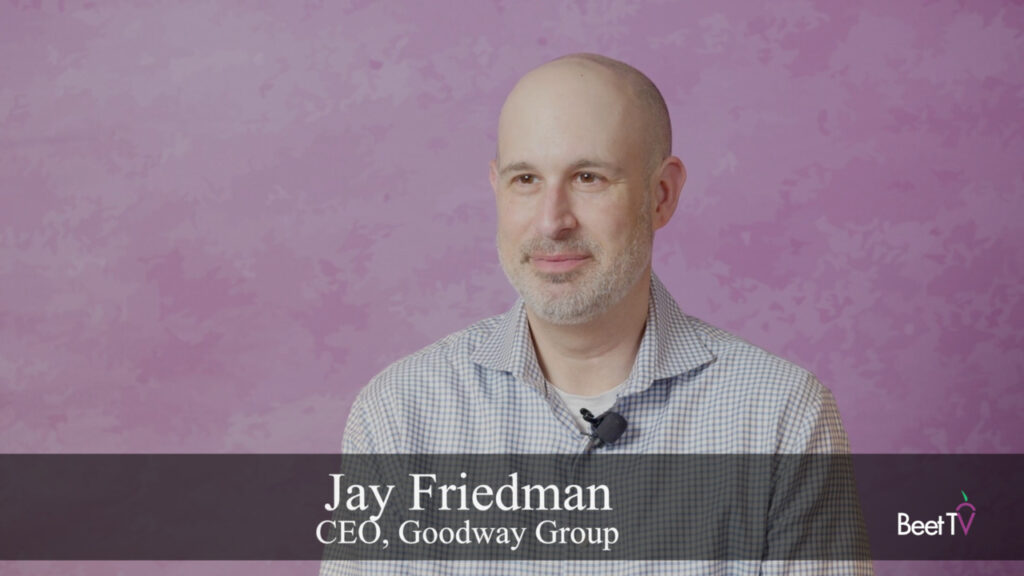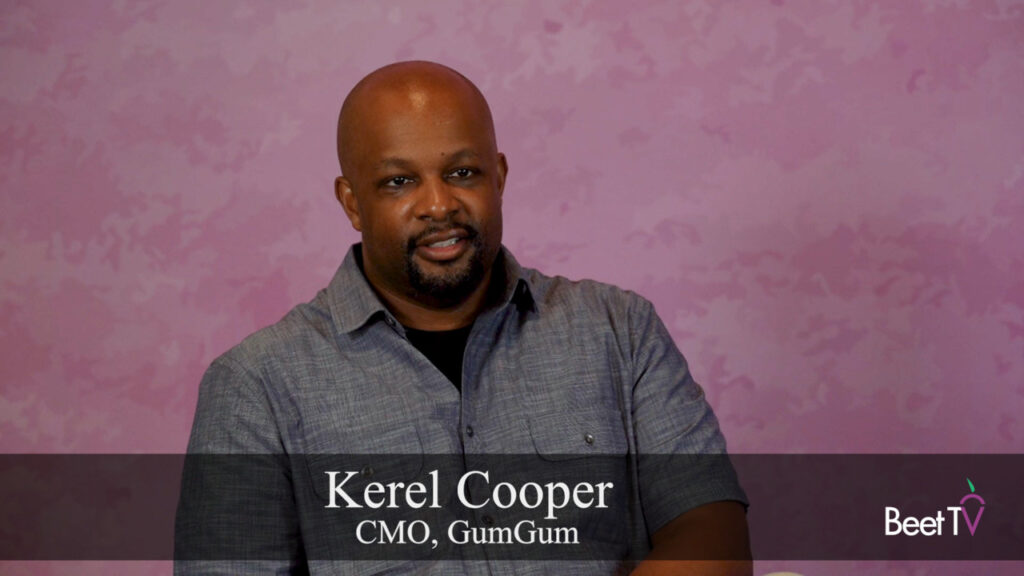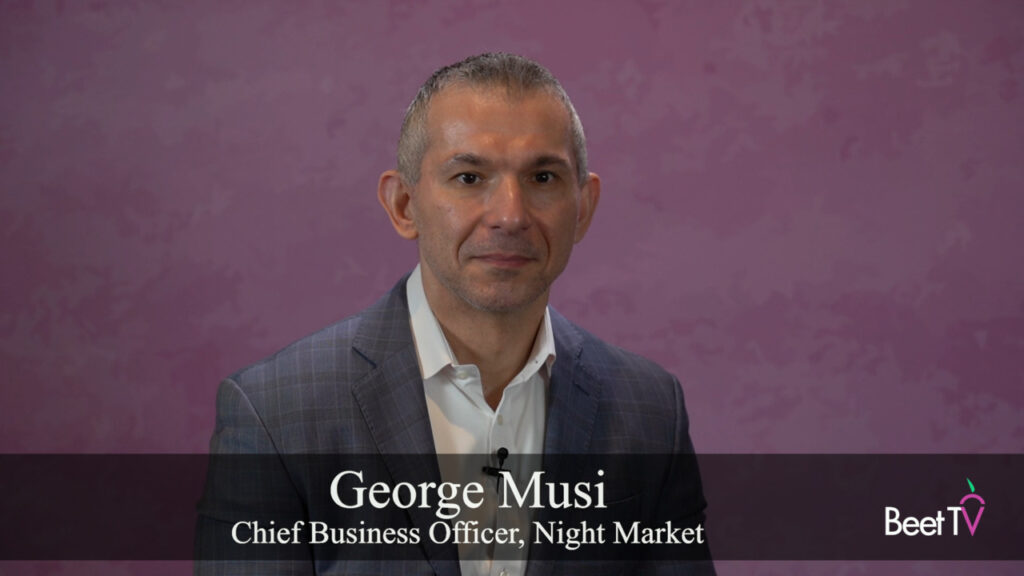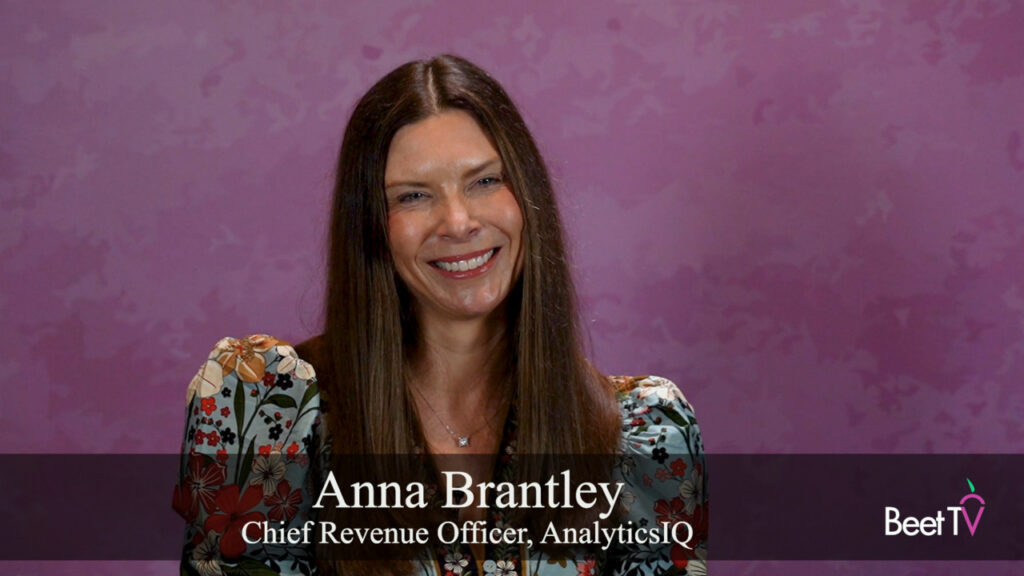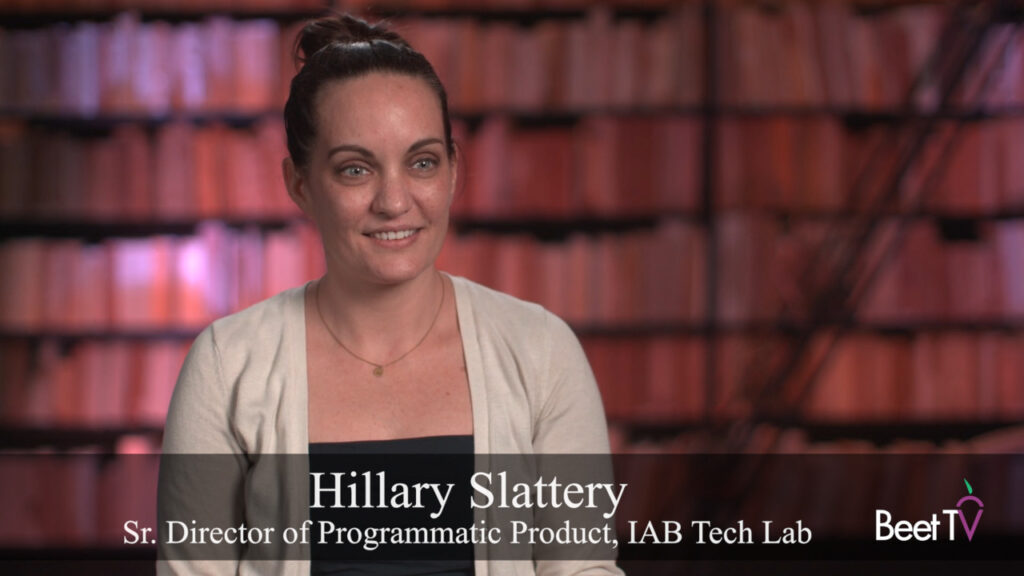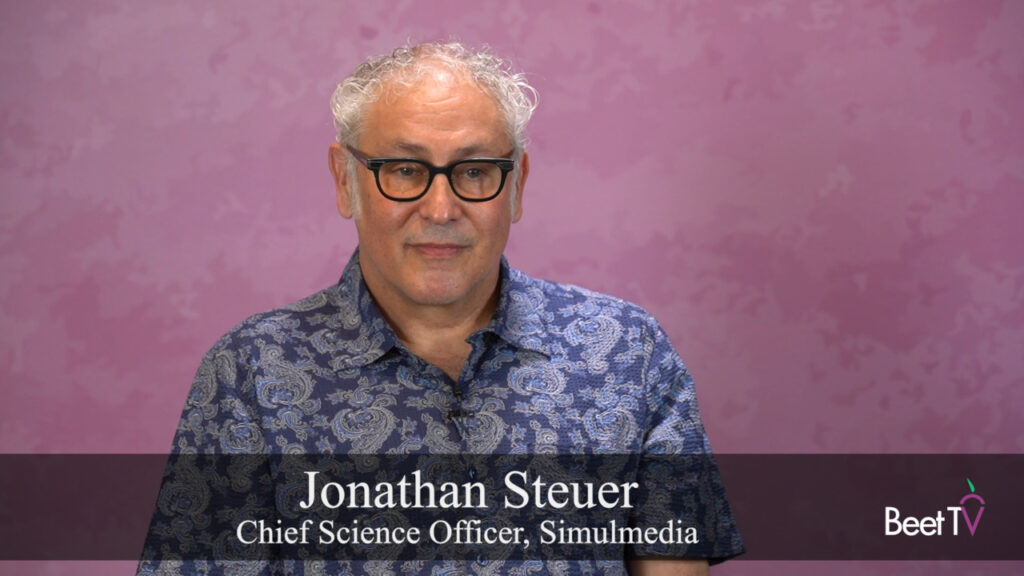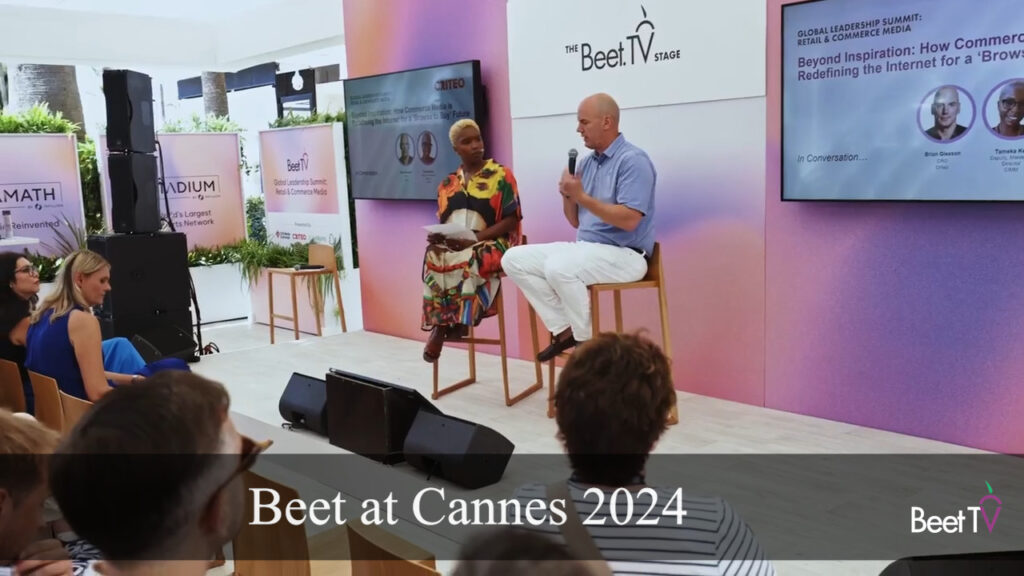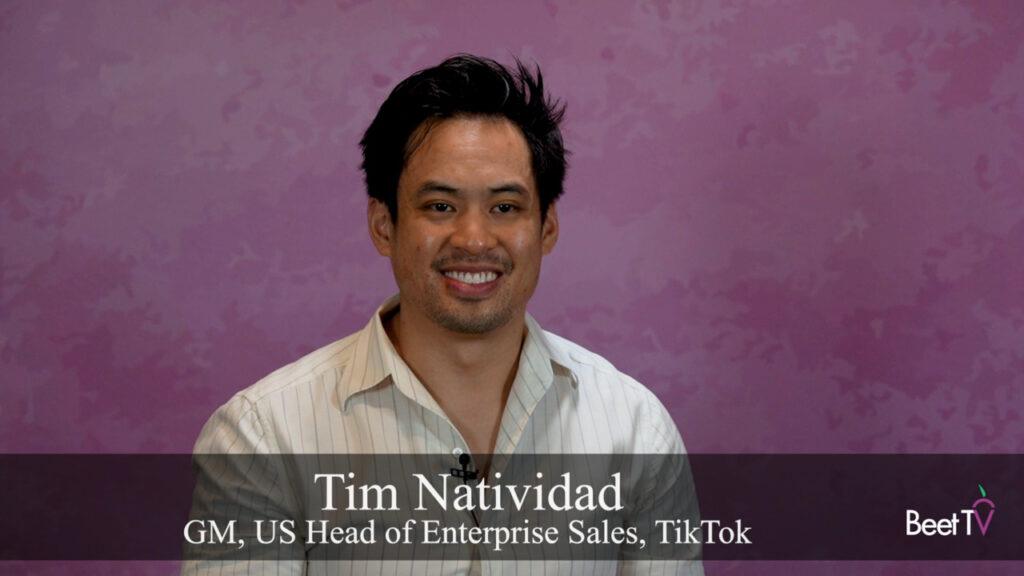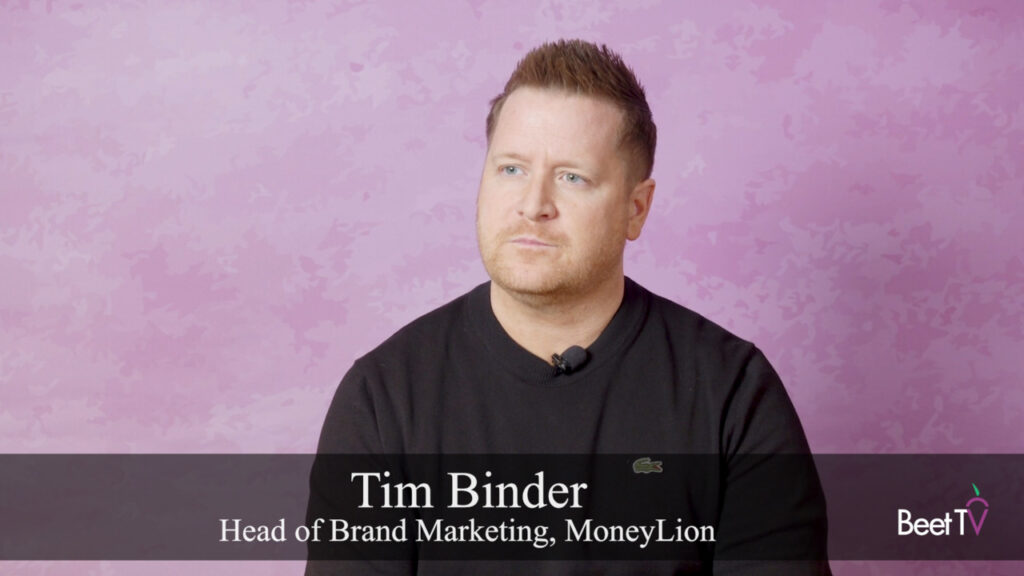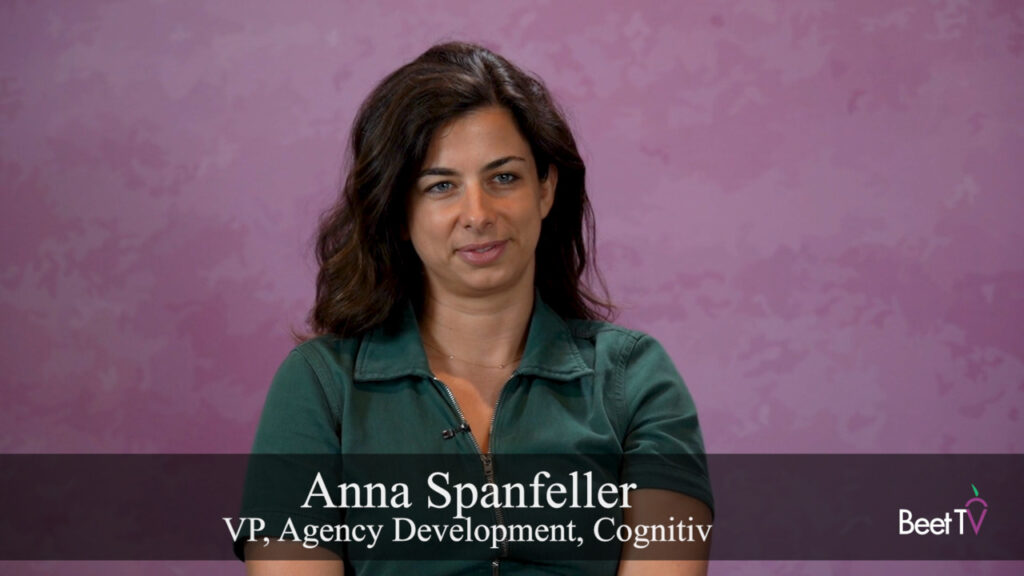Contextual advertising is poised to reach new heights in the coming year, as artificial intelligence and advanced technology help marketers move beyond obvious placements to uncover hidden moments of consumer receptivity.
But to get there, the industry needs to evolve its definition of what personalization in advertising really means.
That’s according to Liane Nadeau, EVP and Head of Media Investment at Digitas North America. In this video interview with Beet.TV editorial director Lisa Granatstein, Nadeau explains how to get there.
Pivot to One-to-Some
“I think it’s been kind of self-created as an industry that we need to be telling stories on a one-to-one basis through media channels, and frankly, that isn’t technically feasible, nor is it probably right for most brands in that channel,” Nadeau said.
Rather than striving for one-to-one personalization, Nadeau advocates for a shift towards thinking about audiences as cohorts based on their current context and mindset.
“What I think we need to do is pivot a little bit away from the conversation of addressable (targeting) … to telling stories to people based on the environment they’re in, based on the things that they’ve engaged with historically as a cohort or in a one-to-some, or even one-to-many audience that can still be personalized without needing to be one-to-one audience targeted,” she explained.
Redefining Contextual Beyond Cookies
Nadeau defines contextual advertising as “the ability to reach audiences in certain moments and in certain environments.” This moves beyond conflating addressability with audience targeting based on cookies or unique identifiers.
“When addressable truly just means reaching individuals or groups of people in certain moments, that doesn’t have to be based on cookies or based on unique identifiers as to who that person is. It can instead be what they’re engaging in, what they’re watching on TV,” Nadeau said.
“If we reach them in an Olympics moment, that is a contextually relevant moment because what we’re showing to them is aligning to the context or the content they’re viewing.”
AI Uncovers Non-Obvious Moments
At Digitas, the application of contextual advertising has matured far beyond simply showing a food ad next to a recipe. While a human can easily make that logical connection, Nadeau believes AI and advanced technology can help uncover less obvious moments of receptivity.
“As I think about the next year and where contextual advertising is headed, it is really set to be accelerated by AI and technology like AI to help us go beyond what you or I might think of when we think of the right context,” she said. “We can use the AI and technology writ large to frankly help us do is understand the moments of receptivity that might not be front and center or obvious to us, but instead, allow the technology and the data itself to dictate to us what the right context and moments are.”
You’re watching The Power of Context: Driving Attention to Intention in a Privacy-First Era, a Beet.TV Leadership Series, presented by Seedtag. For more videos from this series, please visit this page.
















